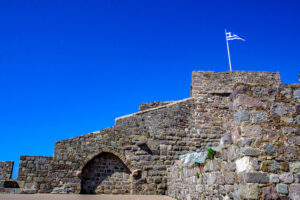
Molyvos Castle, Lesbos, Greece
It’s worth all the steps up to the Molyvos Castle. Besides the view, you pass a lot of shops on the way up.
Rotate to landscape to view slideshow
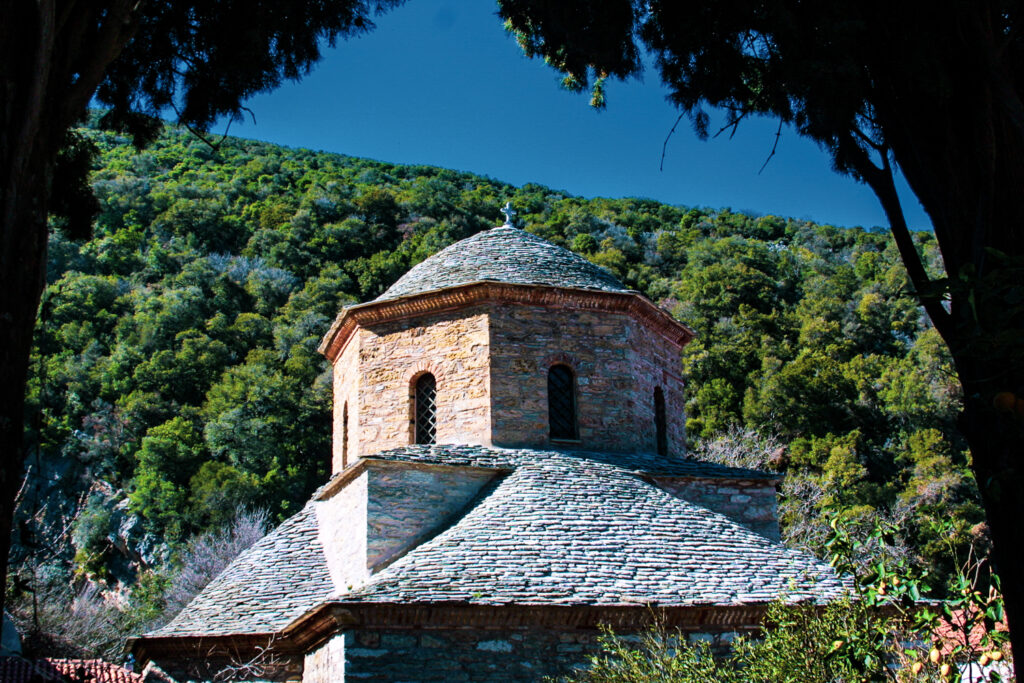
It is pleasant enough up in the hills, and it gives you the chance to see a bit of rural life – goat herders still practicing their craft, olive groves clutching the rocky outcrops.
But most that come to this island come for the beaches and the bars. And there are plenty of both. On the 42 square kilometers (16 square miles) that is Skiathos, there are some 90 beaches. We are doing our best to count the bars!
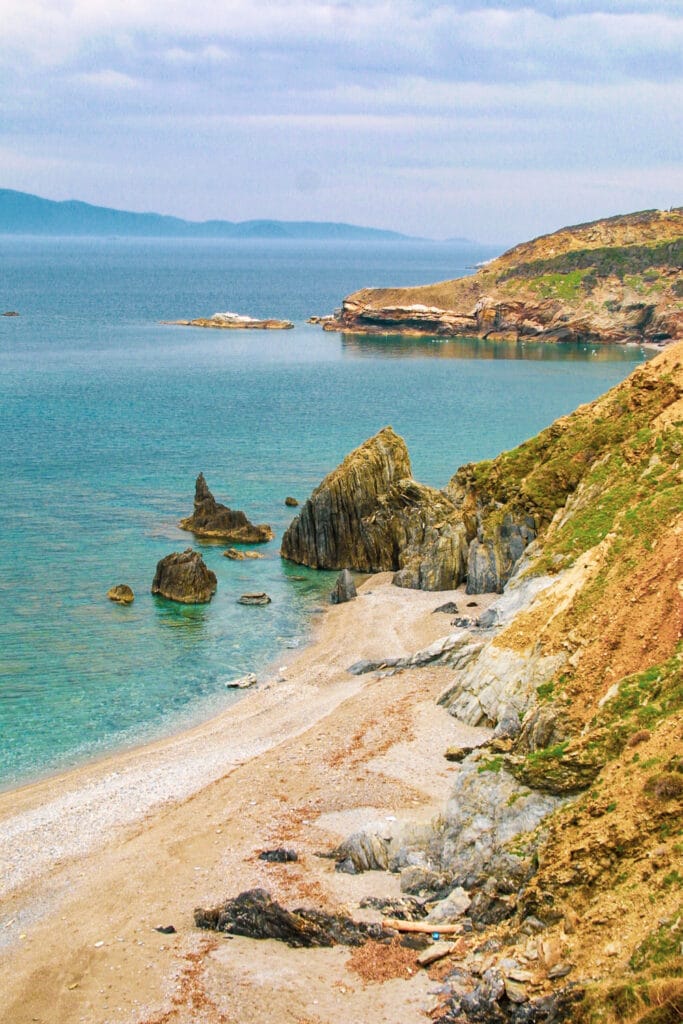
The travel poster beach is reputedly Koukounaries. We didn’t get there but they say it is an idyllic ribbon of golden sand with the sea on one side and a lagoon on the other. They also say that in summer it is covered in tourists, umbrellas and beach chairs, the latter two for hire; so if you are looking for a quiet life, try one of the other eighty-nine beaches.
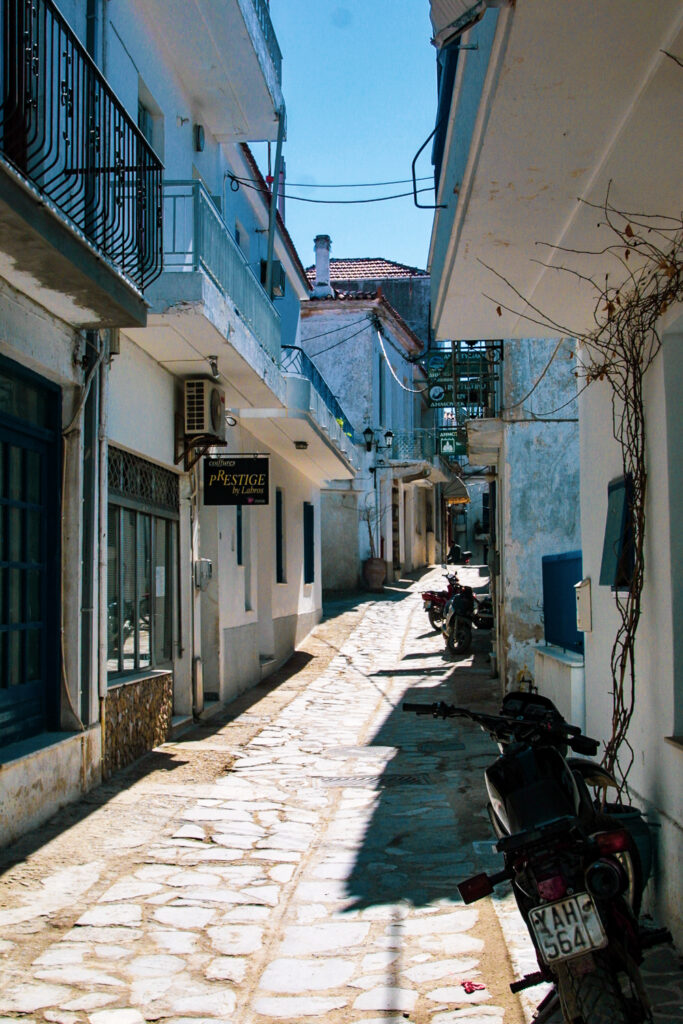
The main town on the island is strung between two hills. Climb the steps of the Eastern hump to the little restaurant that enjoys a great view over the harbour where the ferries and flying dolphins dock on route to Skopelos.
Skiathos has an airport, so summer brings the package tourists looking for a good time and a sunburn. But if you can get here out of season, you’ll get an idea of why Greeks are so laid back and content, and live till they are ninety-eight.
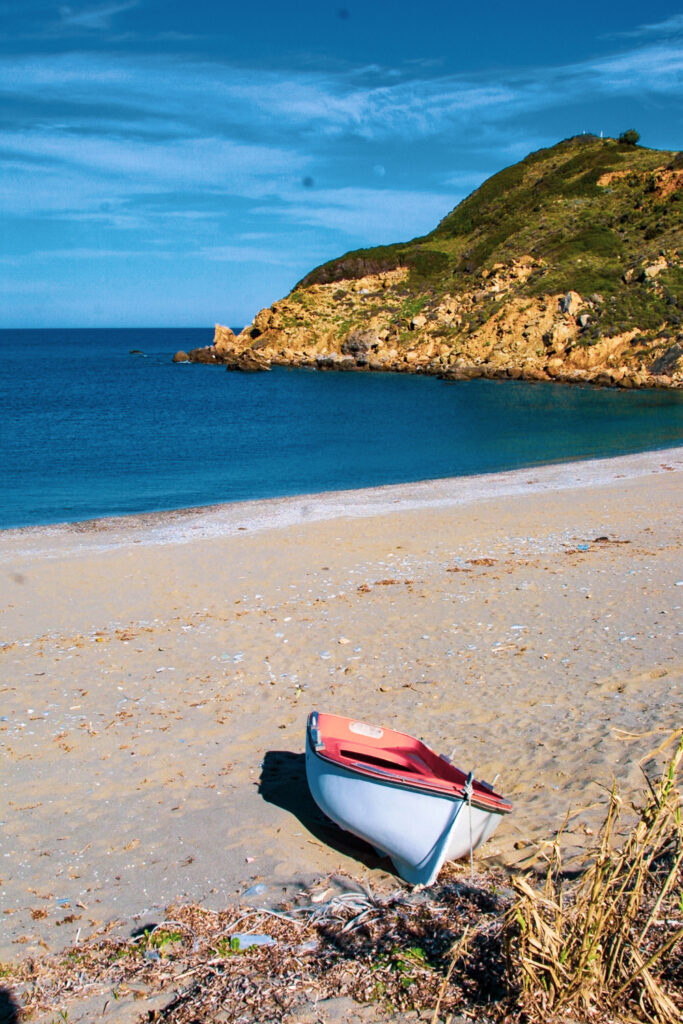
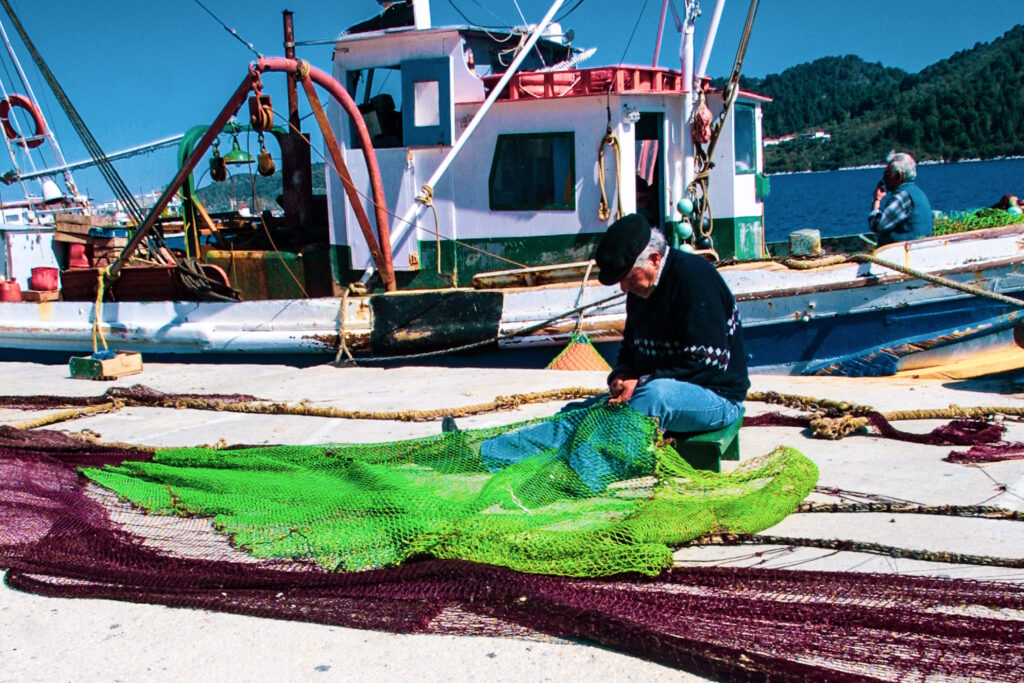

It’s worth all the steps up to the Molyvos Castle. Besides the view, you pass a lot of shops on the way up.
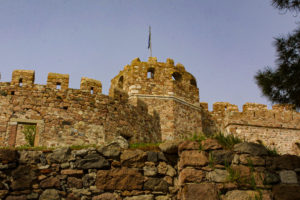
Mytilini, the capitol of Lesbos is situated on a harbour that is circled by shops, houses, restaurants, churches and a huge castle.
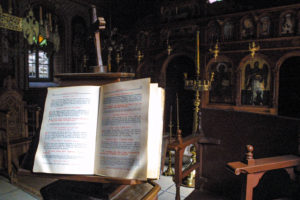
Ypsilos Monastery sits on the top of an extinct volcano. Originally built in 1101 it has had a few reconstructions since.
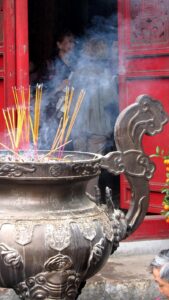
The Ngoc Son Temple is a visual feast highlight of your visit to Hanoi

Most visitors to the picturesque Phillip Island are day-trippers who come especially to see the penguins as they surf ashore at dusk and waddle up to their burrows with full tummies to feed their young. We made our visit a four-day trip to have a decent break, enjoy the peaceful surrounds and experience some of the gastronomical highlights of the island.
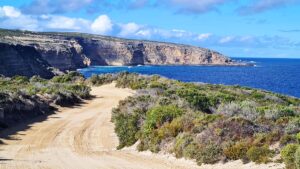
Whalers Way on Eyre Peninsula The very tip of the Eyre Peninsula in South Australia reveals magnificent coastal scenery in a drive along Whalers Way.